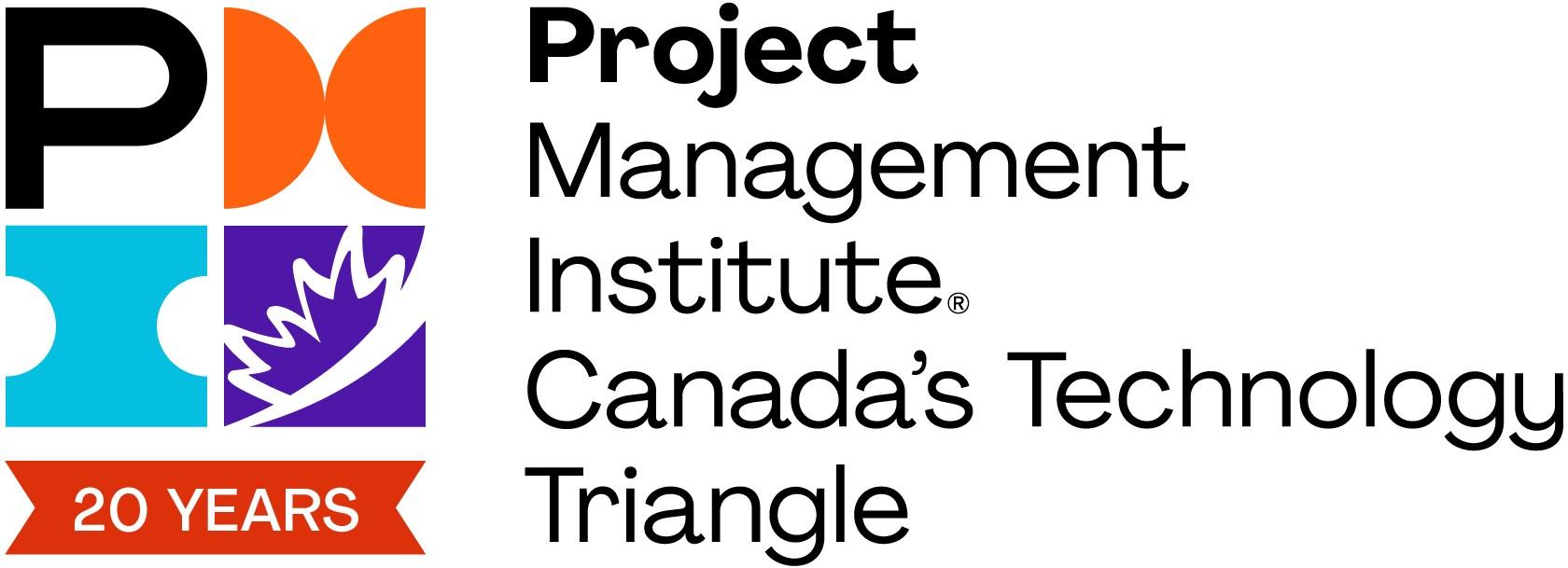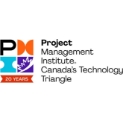November 08 2024 at 07:00AM
10 Tips for Agile Project Managers: Using Product Management Practices
Agile project management boosts flexibility, responsiveness, and customer focus. Project managers can enhance these benefits by adopting product management practices, which prioritize customer value through iteration. By merging these approaches, managers improve collaboration, innovation, and customer satisfaction in agile projects. Here are ten tips for leveraging product management best practices in agile project management.
- Establish a Clear Vision and Roadmap
Product managers start by creating a vision and roadmap outlining long-term goals and features. Similarly, agile project managers should establish a vision statement and high-level roadmap for the project. This vision directs the team and aligns everyone's understanding of the objectives. An iterative roadmap helps stakeholders visualize the timeline, deliverables, and key milestones.
- Focus on Customer Value
Product managers prioritize customer needs. Agile project managers should also ask, “How does this feature benefit the end user?” Engage customers early and often to validate assumptions and gather feedback. Focusing on customer value helps agile teams deliver features that solve real problems, leading to higher satisfaction and engagement.
- Embrace Iterative Development
In product management, iterative development lets teams test, learn, and refine continuously. Agile project managers can divide the project into sprints or iterations. Each sprint aims to deliver an increment, allowing for feedback and adjustments. This approach keeps the project adaptable and prevents major setbacks from unforeseen issues.
- Utilize Backlogs for Prioritization
Product managers prioritize features using backlogs based on customer needs, business goals, and feasibility. Project managers can do the same with a project backlog to rank tasks by importance. Regular updates ensure focus on high-value activities. In agile, this is done through the Product Backlog or Sprint Backlog, prioritizing tasks by impact.
- Adopt a Minimum Viable Product (MVP) Mindset
The MVP approach in product management involves launching a minimal feature set to test with users and refine based on feedback. Project managers can apply this concept by starting with the essential deliverables or features that offer the most value. By launching a "minimum viable project," teams can validate assumptions, uncover risks, and adapt the project as needed, thereby reducing waste and improving resource allocation.
- Cultivate a Collaborative, Cross-Functional Team
Collaboration across diverse skill sets yields better results. Agile project managers should form cross-functional teams to break down silos. This fosters knowledge sharing, innovation, and quicker problem-solving. Promote open communication and create a safe space for ideas and feedback.
- Implement Regular User Feedback Loops
Product managers collect user feedback to guide development. Agile project managers should also seek regular input from end-users or customers. Hold sprint reviews with stakeholders and customers to adjust the project based on real-world data, ensuring alignment with customer needs.
- Make Data-Driven Decisions
Data serves as an essential element in product management, informing feature prioritization and developments. Agile project managers can utilize data to make informed decisions. By tracking metrics such as velocity, burn-down charts, and customer feedback, project progress and team performance can be monitored. Trends should be analyzed, and the project plan adjusted based on these insights to facilitate continuous improvement and accountability.
- Define Success with Key Metrics
Product managers use success metrics like customer satisfaction and retention to evaluate performance. Agile project managers can set KPIs such as on-time delivery, quality, and customer feedback scores to measure success. Regularly review these KPIs to ensure the project delivers value and meets objectives.
- Champion Agile as a Culture, Not Just a Process
Product managers must build a culture that aligns with the product's vision. Agile project managers should focus on agile as a mindset, not just a method. Promote flexibility, learning, and adaptation, enabling the team to make decisions, experiment, and learn from failures. A supportive environment drives continuous improvement and inspires exceptional results.
Applying product management best practices in Agile projects makes project managers more strategic, customer-focused, and adaptive. With a product mindset, they can improve traditional processes, resulting in more customer-centric outcomes and empowering teams to handle change better. This approach enhances team dynamics and delivers greater value to customers and stakeholders.



